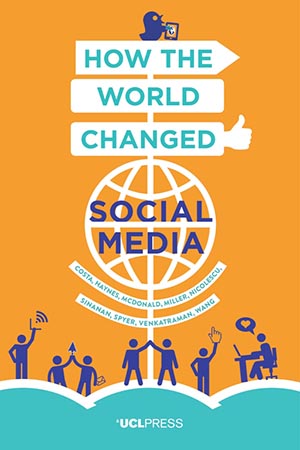Remembering David Hakken
This week, the CASTAC community received the sad news that Professor David Hakken had passed away. Hakken was Director of the Social Informatics Program at The University of Indiana. Trained as an anthropologist, Hakken conducted research at the intersection of ethnography and cyberspace. He was concerned about how digital technologies and culture are continually co-constructive. His prolific career included publication of a recent book co-authored with Maurizio Teli and Barbara Andrews entitled, Beyond Capital: Values, Commons, Computing, and the Search for a Viable Future (Routledge, 2015). Hakken presciently focused on critical areas emerging at the intersection of digital anthropology and science and technology studies. The outpouring on social media from his colleagues and former students has been truly touching and shows the depth of his impact on the community. Hakken was a principal founding member of CASTAC. As a pioneer in anthropological studies of computing in the early 1990s, Hakken initiated action on creating a committee devoted to particular concerns of anthropologists in science and technology studies. He was also a friend to the CASTAC Blog. He helped lend our fledgling endeavor gravitas by writing posts and graciously being interviewed. Please join me in honoring his life and work by enjoying this gem from the Platypus vault, which originally appeared on the blog in January 2013. I was honored to have the opportunity to interview him and hear more about his big ideas on big data. I first met David at a CASTAC summer conference (remember those?) nearly twenty years ago. Over the years, I personally benefited from his wise mentoring and vibrant disposition. I was deeply saddened to hear of his passing. He will be greatly missed. Colleagues who would like to share public remembrances about David for a longer tribute post should contact the editor, Jordan Kraemer. Patricia G. Lange May 6, 2016 (read more...)






